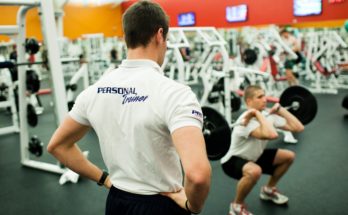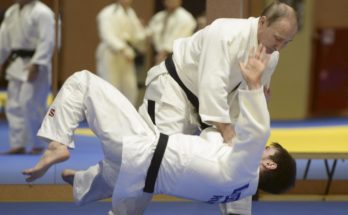The ‘mind-muscle connection’. Ancient lore for bodybuilders, latest buzz for Instragram fitness followers.
Focusing one’s attention on a particular muscle when lifting promotes its activation — and by extension, its development. So it goes. But when the goal is muscle performance rather than growth alone, does this long-held notion still carry any weight?
Published in Frontiers in Sports and Active Living, new analysis suggests that to lift heavier, or longer, it is better to focus on moving the weight itself — not your muscles.
Think outside the bod
Proponents of the mind-muscle connection cite increased muscle activity, when focusing on specific muscles while lifting, as evidence of benefit. That increased activity might just translate to increased muscle hypertrophy, but put another way: mind-muscle connection makes you expend more effort to lift the same weight.
“The higher overall muscle activity with an internal ‘muscle focus’ is not specific to the muscles mentally isolated during lifting,” says review author Professor David Neumann, of Griffith University, Australia. “Rather, it seems to represent increased activity of non-target muscles, too.”
In contrast, studies have consistently shown that when weightlifters instead focus their attention on the external effects of their efforts, such as the movement of a barbell, lifts are done more economically and with less effort.
“It appears that this external focus allows automatic control processes to operate, removing the attentional demands and mechanical inefficiency of conscious muscular control,” poses Neumann.
In any case, as the load increases — at 80% of maximum effort in one bench press study — the muscle activity advantage of a muscle focus, over an external focus, seems to disappear altogether.
The mind-muscle connection still holds
Neumann recommends an external focus, on moving a load, to maximize athletes’ performance in training and competition — and as a potential complement to ‘dissociative’ focus strategies, like listening to music, for promoting exercise adherence in those who are less active.
This recommendation comes with many caveats.
Whether any particular attentional focus strategy actually affects meaningful outcomes, like muscle fatigue or strength gains, remains to be determined. Moreover, most relevant study samples are small — with 11-29 participants, prototypically young, Western, male and experienced in weightlifting. Larger, more demographically diverse studies should probe the issue further.
“It would be worthwhile to examine whether transfer of these effects occurs to similar sporting tasks,” suggests Neumann. “For example, some sports like shot put and discus, require a short-term maximal muscular effort.
“We should also explore ways to maximize the beneficial effects of an external focus. Using VR for instance, completing a deadlift could be translated into an imperative like virtually lifting a heavy bar to free a trapped virtual person.”
Regardless, there will remain a place in exercise regimens for mind-muscle connection. Off-target and ill-coordinated muscle activity notwithstanding, a focus on muscles involved in lifting still increases activation of their fibers — useful for hypertrophy, particularly since one cannot lift heavy all the time. It also increases awareness of form — important in beginners, who have not yet learnt correct lifting form so are less likely to benefit from “automatic” movements.




